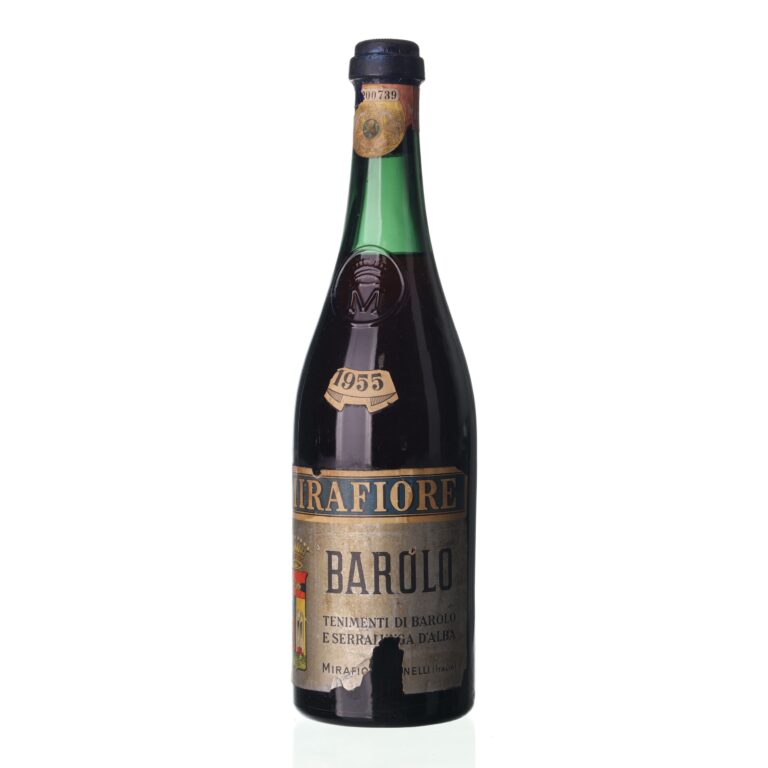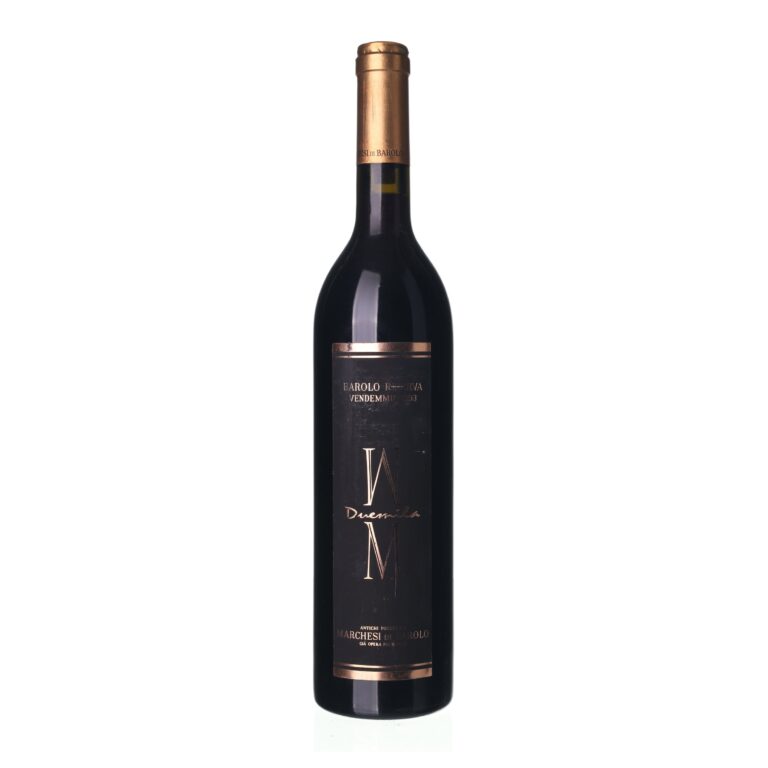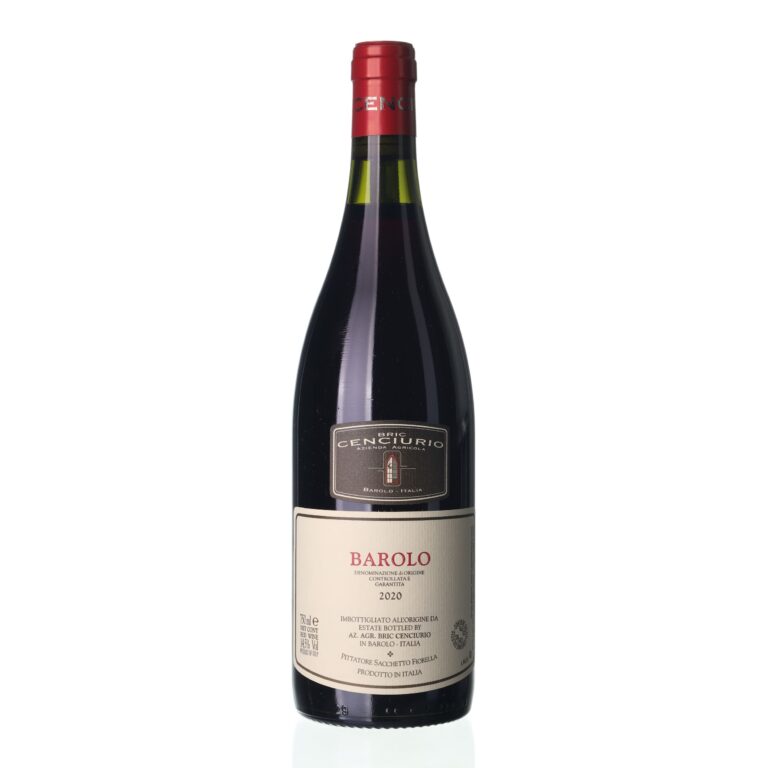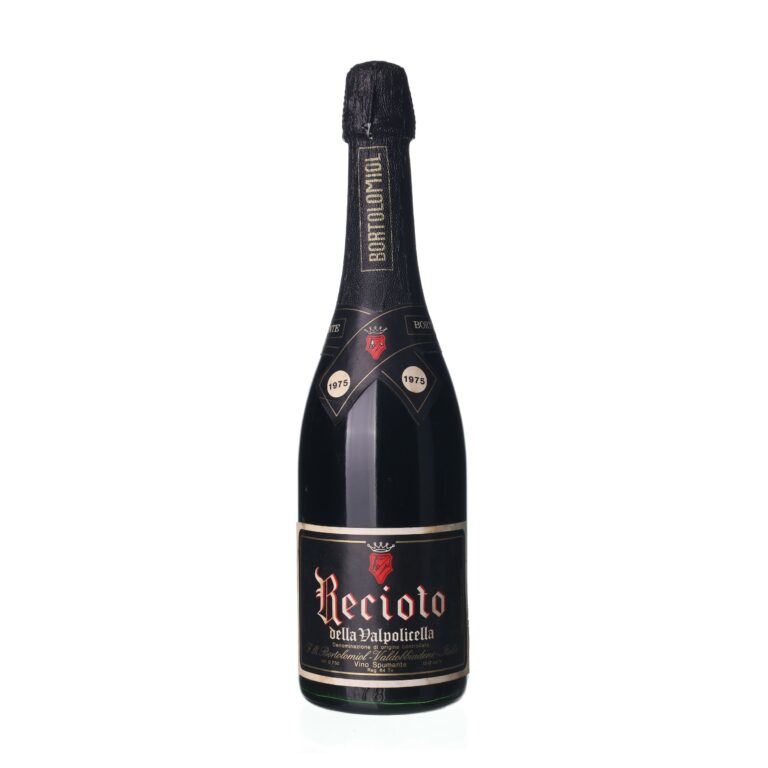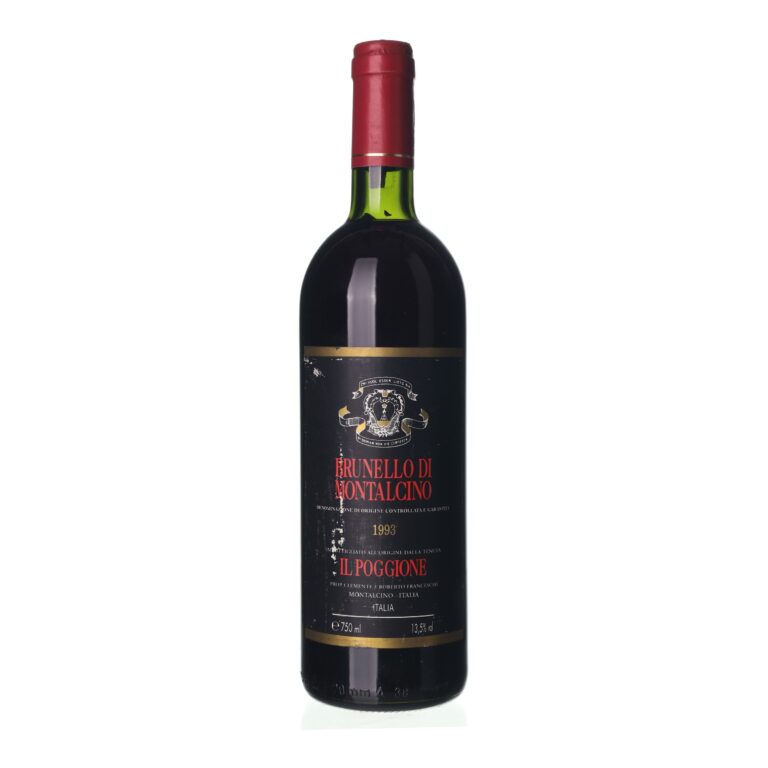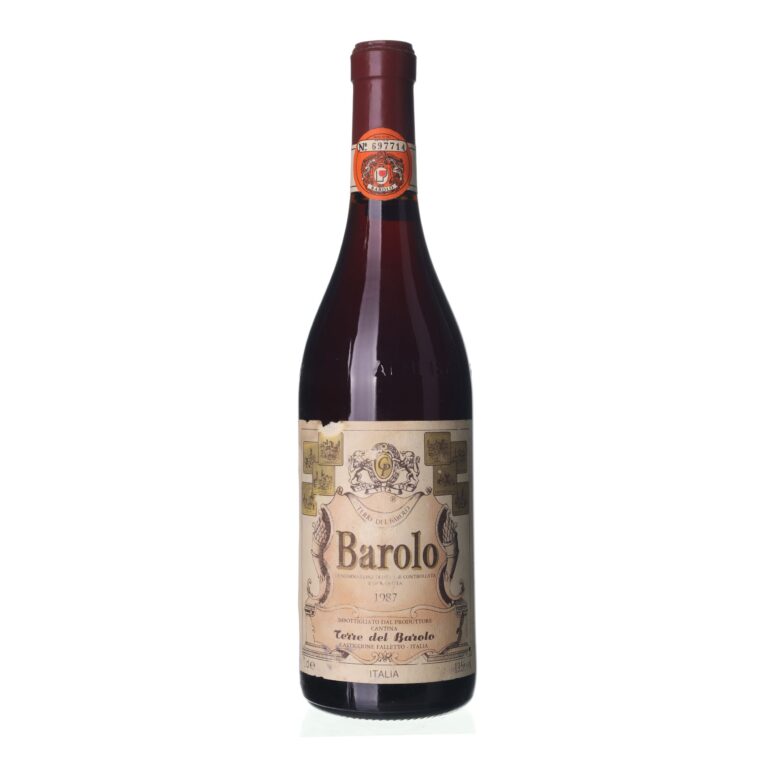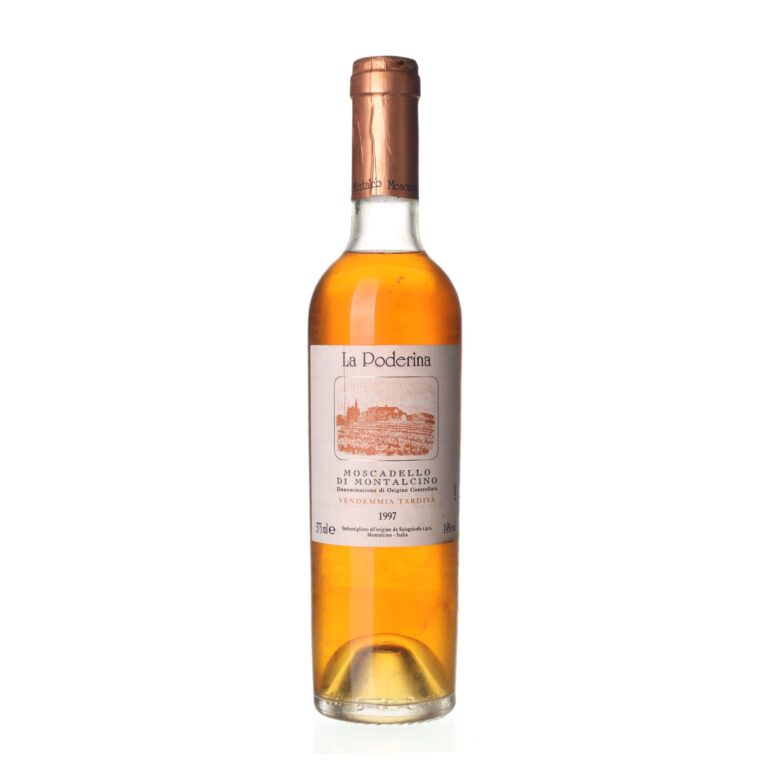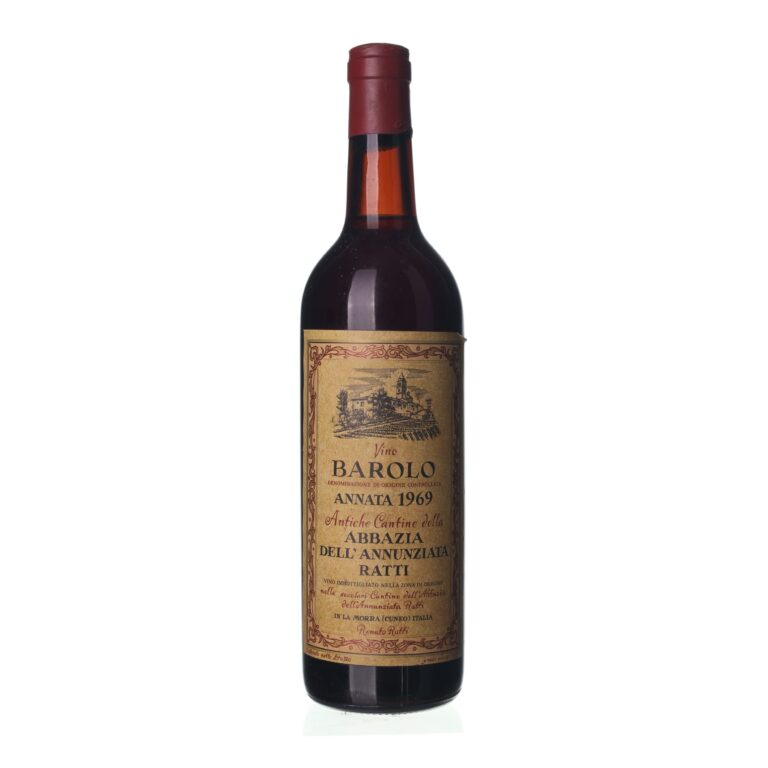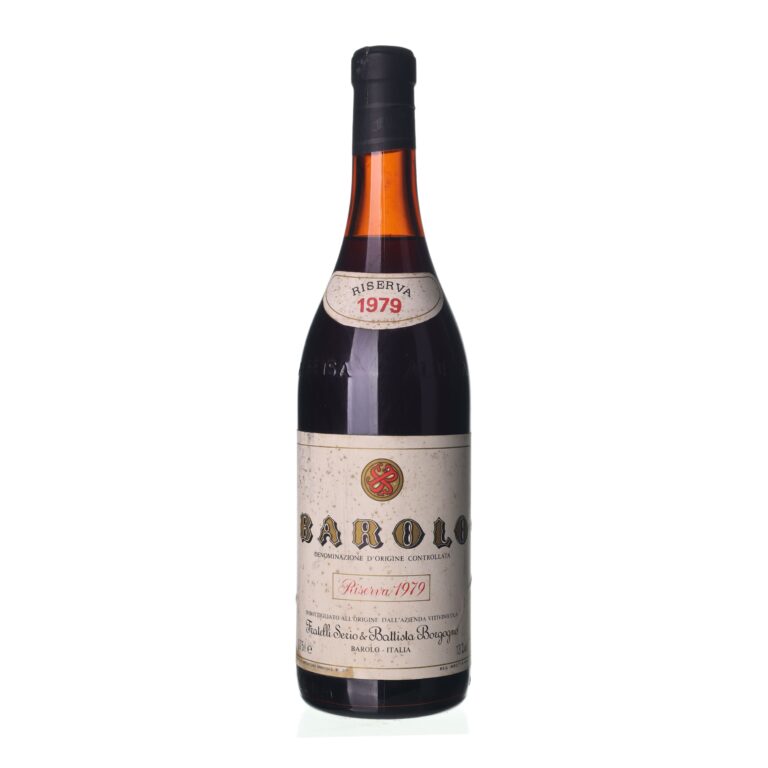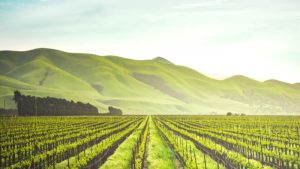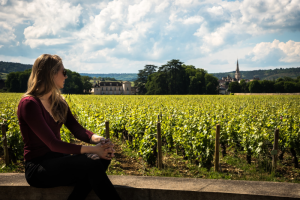Important Italian wine regions from Lombardy to Sicily
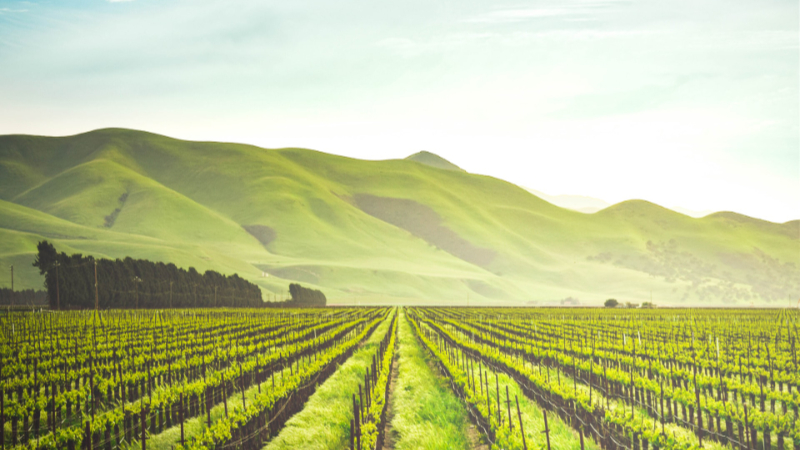
Undoubtedly, you’re among those who perceive wine as an essential part of Italian culture and gastronomy. The excellent soil conditions and favorable climate allow Italians to grow high-quality grapes from which they produce the world’s favorite wines. The rich background of regional traditions has also had a share in this work. Wine production was often connected with religious ritual,s and even today many wineries are located in reconstructed monasteries.
Let’s now go explore the 5 famous Italian wine regions. Bella Italia!
Lombardy – some like it sparkling
The ancient Romans were tending vineyards in Lombardy around Lake Garda. This wine region is mainly famous for its sparkling wines – especially the bubbly Franciacorta.
The most respected and strongest wine from Lombardy is the red Valtellina from the region of the same name. Maybe it will surprise you that their vineyards are planted on extremely steep, terraced hillsides. Surely, you can imagine the difficulty winemakers have taking care of these vines. Nebbiolo grapes have been grown here at high altitudes since the 5th century, and Lombardy and Piedmont are the only wine regions where this variety can be found.
Franciacorta – this sparkling wine has a rich, creamy taste. It is distinguished by its exceptional effervescence, which many compare with the effervescence of champagne wines.
Valtellina Superiore – these beloved wines are produced from grapes grown in the most famous areas in Valtellina. They may be named according to the subregion or the vineyard where the grapes came from.
Piedmont – a wine region that offers three major ‘B’s
The Piedmont region is generally considered one of the most significant Italian wine regions. Two famous Piedmont wines, Barolo and Barbaresco, are produced from the Nebbiolo variety that you already know about.
The climate of area in the rolling Piedmont hills called Langhe creates a fog that is characteristic for this area and it helps the grapes’ ripening. This is also the origin of the name of their variety: in Italian, “nebbio” means “fog”.
Barolo – “Re dei vini” means King of Wines. This wine matures for at least a year and a half in oak barrels. You can read about it here, in our article on Barolo.
Barbera d’Asti – a darkly pigmented wine that combines well with spicy dishes or ripening cheeses.
Barbaresco – this wine is made from the same variety of grapes as Barolo, but climatic conditions cause it to ferment earlier and it doesn’t need to mature for as long.
Nebbiolo – a wine that’s excellent for archiving thanks to its high tannin content. You can read more about it in our article about lesser-known Italian wine varieties.
Dolcetto –is an independent variety and it represents an exception in the region where almost all the grapes that are grown are Nebbiolo. It’s often grown in places where Nebbiolo wouldn’t ripen properly. It goes well with lighter dishes such as appetizers, pasta, or soups.
Emilia Romagna – the cradle of Lambrusco
This expansive, fertile area – one of the oldest wine regions in Italy – gave rise to the famous Lambrusco: a sparkling red wine made from grapes with the same name. It’s also worth mentioning that these grapes have been grown since the time of the ancient Etruscans. Other varieties of grapes grown in this region are Malvasia, Trebbiano, Barbera, and Sangiovese.
Lambrusco – an excellent complement to red meat and heavier foods, because it helps with their digestion.
Tuscany – a harmony of wine and art
Did you know that Leonardo da Vinci, a native of Tuscany, was considered an expert in quality wines? He certainly sought inspiration in the most beautiful Italian vineyards, which are spread out across the Tuscany’s green hillsides, which produce the most famous wine of this region – Chianti.
The history of Tuscan vineyards reaches back to the 8th century BCE. The wines from this region are often produced from a mix of grapes, which includes the original Sangiovese variety. Its name refers to the Roman god Jupiter (from the Latin “sanguis Jovis” = “Jupiter’s blood”).
Chianti – is produced using at least 80 % Sangiovese grapes. The chubby bottles wrapped with straw and called fiasco are typical for this type of wine. However, today you’ll often find it in more common packaging.
Brunello di Montalcino – a wine that contains 100% Sangiovese grapes. It is made exclusively in the area around the town of Montalcino and it matures for five years after the harvest.
Sicily – the island predestined for wine
A legend tells that it was Dionysus who brought wine to the people in Sicily. And it’s no wonder. The largest island in the Mediterranean Sea offers perfect conditions for growing grapes. This is also the region with the highest number of vineyards in Italy. They are famous especially for the sweet brandy-fortified Marsala wine. This wine doesn’t deny it similarity with Port wines or Sherry. Another one that’s worth mentioning is the Sicilian Zibibbo – a strong wine that’s generally similar to Marsala. However, unlike Marsala, it’s naturally fermented and doesn’t have any liquor added. Zibibbo is made from grapes that have been partially fermented in the sun. This unique process has its roots in the Middle Ages.
Select wines. In your email.
once every month. You can look forward to our recommendations, interesting content, and great offers for your archive for your archive.
By sending an email you agree to the Terms and Conditions for Protection of Personal Data


